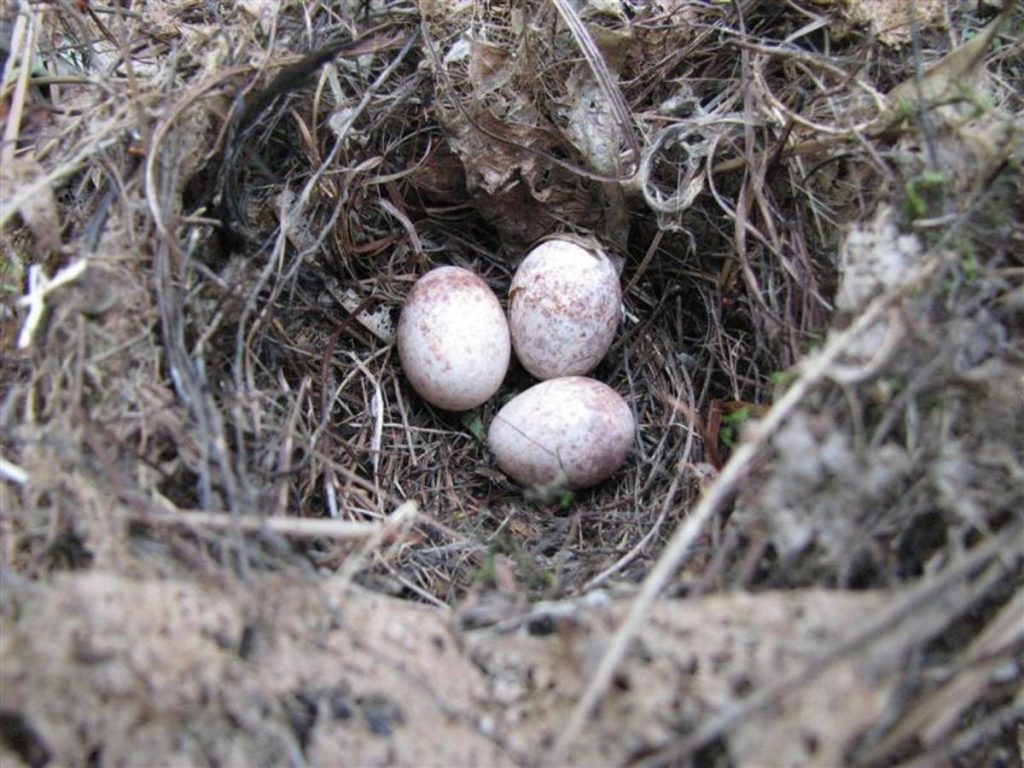The Garden Wren (Troglodytes troglodytes) is a small, yet highly energetic garden bird commonly found across Europe, Asia, and North America. Despite its diminutive size, the wren has a remarkably loud and rich song, often heard throughout gardens, woodlands, and hedgerows. It is recognized for its compact, round body, short, upright tail, and finely barred brown plumage, which provides effective camouflage.
Traits
Wrens are among the smallest garden birds, measuring around 9-10 cm in length and weighing between 7-12 grams. They have thin, pointed beaks ideal for catching insects and spiders. Their strong legs and feet enable them to navigate through dense vegetation and cling to tree trunks or walls while foraging.
Habits
These small birds are primarily insectivorous, feeding on beetles, caterpillars, spiders, and other tiny invertebrates. They forage close to the ground, darting between undergrowth and leaf litter in search of prey. In winter, when insects are scarce, they may consume seeds and berries. Wrens are territorial and solitary for most of the year, except during the breeding season. In colder months, multiple wrens may roost together in nests or sheltered spaces to conserve warmth.
Nesting Venues
Wrens prefer to nest in concealed locations such as dense shrubs, ivy-covered walls, tree roots, or even abandoned nests of other birds. Males build multiple dome-shaped nests from moss, leaves, and grass, and the female selects one to line with feathers before laying eggs.
Annual Broods and Gestation Period
The breeding period is between April and July when the female will produce 5-8 small eggs, which are white with reddish-brown speckles. The male is not permitted to help during the incubation period which lasts 14-16 days. Once hatched, the chicks remain in the nest for 15-18 days until strong enough to fledge the nest. Both parents assist in feeding the young and 2-3 broods per breading season is quite normal.

The Garden Wren has an average lifespan of 2-3 years in the wild. However, some individuals can live up to 5-6 years under favourable conditions. Due to their small size and energetic nature, wrens face many threats, including harsh winters, predators (such as cats, birds of prey, and snakes), and food shortages. Despite these challenges, their ability to produce multiple broods per year helps maintain stable population numbers.
